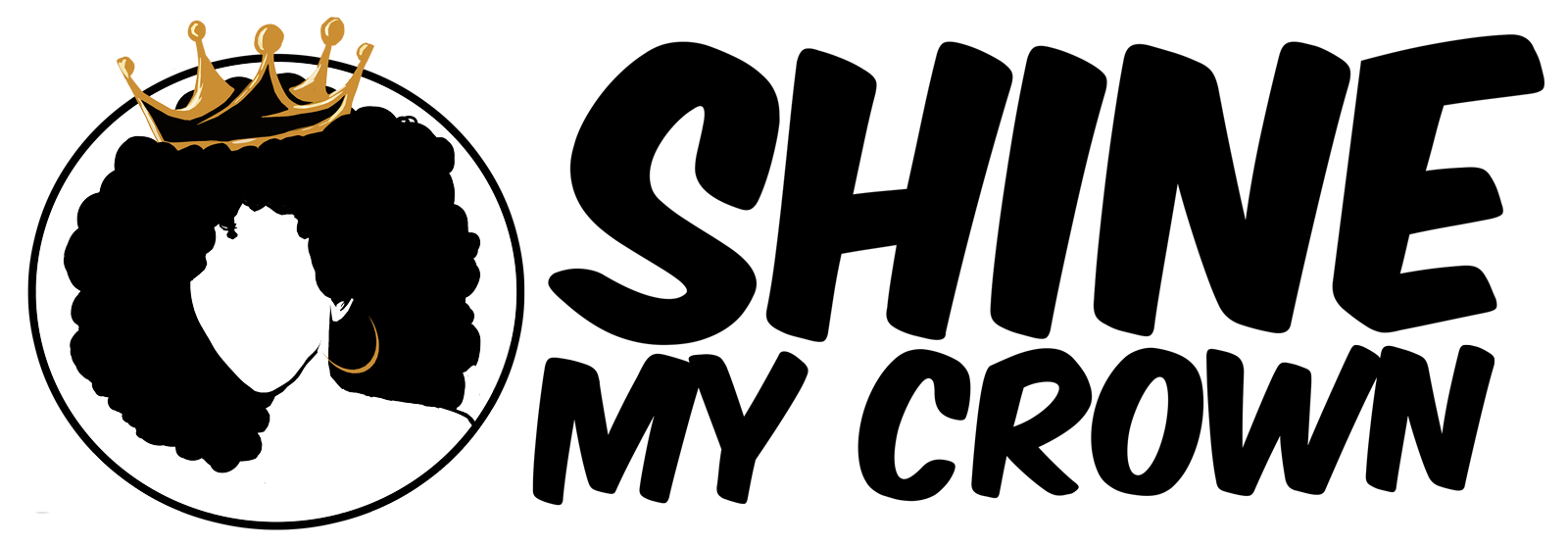Dutch Braid
FAQs:
What is a Dutch braid?
A Dutch braid, also known as an inverted or inside-out braid, is a three-strand braid that creates a raised, woven effect. Unlike a regular braid where the strands cross over each other, in a Dutch braid, the strands cross under each other. This technique gives the braid a unique and eye-catching appearance.
Can anyone wear a Dutch braid?
Absolutely! Dutch braids can be worn by anyone with medium to long hair. They work well on various hair textures, including straight, wavy, and curly hair. Whether you’re heading to a casual outing or a special event, a Dutch braid adds a touch of elegance and sophistication to any hairstyle.
How do I create a Dutch braid?
Creating a Dutch braid may seem daunting at first, but with a little practice, you’ll master the technique in no time. Here’s a step-by-step guide to help you get started:
- Start by dividing your hair into three equal sections at the top of your head.
- Cross the right strand under the middle strand, so it becomes the new middle strand.
- Cross the left strand under the middle strand, so it becomes the new middle strand.
- Add a small section of hair to the right strand, then cross it under the middle strand.
- Repeat step 4 on the left side, adding a small section of hair to the left strand and crossing it under the middle strand.
- Continue adding hair to the outer strands and crossing them under the middle strand as you work your way down towards the nape of your neck.
- Once you reach the nape of your neck, continue braiding the hair in a regular three-strand braid until you reach the desired length.
- Secure the end of the braid with a hair elastic.
How long will a Dutch braid last?
The longevity of a Dutch braid depends on various factors such as hair texture, thickness, and the products used for hold. Generally, a well-executed Dutch braid can last for several hours or even the entire day. To ensure its longevity, consider using a styling product like a mousse or hairspray to add hold and minimize frizz.
Can I style a Dutch braid in different ways?
Absolutely! One of the great things about a Dutch braid is its versatility. You can incorporate a Dutch braid into various hairstyles to add an element of interest and sophistication. Some popular styles include Dutch braided updos, half-up hairstyles with a Dutch braid, or incorporating multiple Dutch braids into a more intricate look. Let your creativity shine and experiment with different variations to suit your personal style and occasion.
The Dutch braid has a long history and is believed to have originated in Europe. It has been a popular hairstyle for centuries and has been passed down through generations. The term “Dutch braid” refers to its association with the Dutch culture, known for their intricate braiding techniques. Today, the Dutch braid continues to be a beloved hairstyle worldwide, embraced for its beauty and versatility.
Products Needed:
- Comb or brush for detangling
- Hair elastics
- Styling product for hold (optional)
- Hair accessories (optional) for added adornment
Tutorial:
- Start with detangled hair. Use a comb or brush to remove any knots or tangles.
- Decide where you want to start your Dutch braid. You can begin at the crown of your head or slightly off-center for a side Dutch braid.
- Take a small section of hair at the starting point and divide it into three equal strands.
- Cross the right strand under the middle strand, then cross the left strand under the middle strand.
- Add a small section of hair to the right strand, then cross it under the middle strand. Repeat this step on the left side, adding a small section of hair to the left strand and crossing it under the middle strand.
- Continue adding hair to the outer strands and crossing them under the middle strand as you work your way down towards the nape of your neck.
- Once you reach the nape of your neck, continue braiding the hair in a regular three-strand braid until you reach the desired length.
- Secure the end of the braid with a hair elastic.
- Optional: Gently tug on the sides of the braid to loosen it and create a fuller, more voluminous look.
- Set the braid with a light hairspray or styling product for hold.
- Optional: Add hair accessories like ribbons, flowers, or decorative clips to enhance the Dutch braid.
How to Remove:
To remove a Dutch braid, start by carefully unraveling the braid from the end towards the scalp. Use your fingers or a comb to gently separate the strands and detangle any knots. Once the braid is completely undone, you can proceed with your regular haircare routine, such as washing and conditioning your hair.




